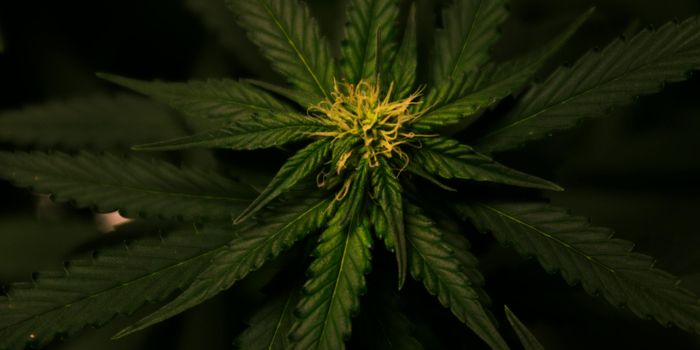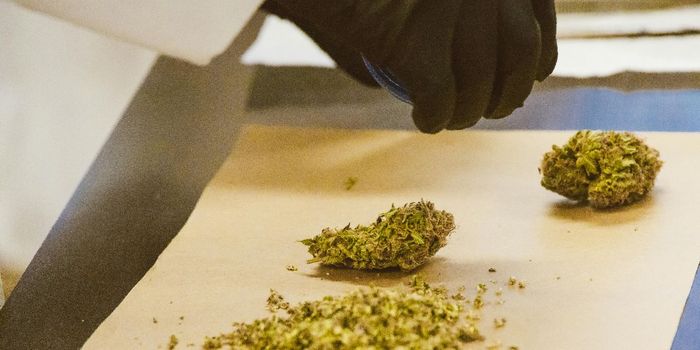Marijuana Science: Who Should We Listen To?
As the US government has started to loosen its attitude towards cannabis, the field of cannabis research has begun to blossom. A recent search on "marijuana" on Pubmed.gov, the online portal which allows anyone to find many peer-reviewed journals on basic and clinical research, yielded 2,250 results in 2018. This is compared to 890 hits in 2008. This is roughly a 2.5 fold increase in marijuana research in the past 10 years. Comparatively, "cocaine" yielded 1,329 hits in 2018 compared to 1,350 in 2008. So much new science, who do we listen to now?
Photo source: UnSplash.com
This newsletter has argued that there needs to be more science on marijuana. Well, is there a consensus yet about the benefits and harms of marijuana yet? According to an editorial published recently in the German journal, Schmertz (which translates to "Pain"), by Dr. Martin Schmelz and colleagues from the University of Mannheim, the main issue facing the scientific community on this topic is the pitting of academic studies with clinical reports.
In science, according to the authors, we tend to refer to clinicians as key opinion leaders (KOLs) or experts in the field. They are on the frontlines, interacting with patients, as well as running the majority of clinical studies. And the findings from many studies are either mixed or show no effect of medical marijuana on treatment outcomes compared to placebo.
Back in the States, Dr. Bjorn Jensen and colleagues in 2015 published their review of clinical findings up to that point. They limited their clinical research to randomized, double-blinded, and placebo-controlled studies. They focused on cancer pain, neuropathic pain, acute pain, and chronic pain. Jensen and his team found evidence for and against medical marijuana for treating cancer-related pain (mostly for); neuropathic pain (mostly for); acute pain (mainly against); chronic pain ("promising").
The animal literature has been primarily focused on mechanisms for how marijuana-induced pain reduction could work. In terms of pain, results from the animal literature have found evidence that THC does produce analgesic effects via CB1 receptor upregulation in the spinal cord. Other evidence from the animal literature, reviewed by Dr. Kevin Hill and colleagues in 2017, is substantial to formulate the hypothesis that, in their words, "the biologically hypothesized rationale for cannabinoid administration is whole-body exposure to exogenous cannabinoids to turn on pain inhibition". In other words, the disposition of the endocannabinoid system is set so that phyto- or synthesized cannabinoids should be able to work to diminish pain.
Photo source: UnSplash.com
So, to answer the question at the beginning of this piece, "where does the research stand in 2019?", it appears that there is a lack of communication between clinical studies performed in humans versus the science coming out of the laboratory. This is due, partially, between the amount of control over variability in human patients compared to animal and in vitro experiments. However, the scientists involved on both sides also may have a (tiny) ego problem which pits clinicians against basic scientists.
As the authors of the report out of Germany stress, we should not "pit clinical experience and systematic reviews against each other". If we want to reach consensus, then all scientists must work with respect for the other. Clinically-based findings should guide hypothesis-driven preclinical research. This is especially true for a relatively new research field.
Sources: Pubmed.gov, LabRoots, Schmertz, www.umm.uni-heidelberg.de, Current Pain and Headache Reports, Pain, Cannabis and Cannabinoid Research










